Accessibility helps everyone
ACCESSIBILITY 101
How do people with disabilities fully engage with your work?
This is important because one billion people worldwide have some kind of disability. In fact, disability affects all of us at some moment in time. This can be permanent, temporary or situational.
So think about this when designing both digital and real-world experiences.
| Sense | Permanent | Temporary | Situational |
| Touch | One arm | Arm injury | Carrying a load |
| Sight | Blind | Eye surgery | Distracted driver |
| Hearing | Deaf | Ear infection | Loud room |
| Speech | Nonverbal | Laryngitis | Heavy accent |
If you want your work to be accessible, it must be:
Perceivable
Users have to be able to take in what you’re telling them. For example, image-based information may not be perceivable to a person who’s blind. So you’d want to provide voice-over, alternative text their screen reader can detect or Braille translation if it’s in-person.
operable
People have to be able to physically operate in the space you’ve created. Think about how people with different physical needs can get around your digital or in-person experience.
understandable
People must be able to understand the information you present. So make it clear.
robust
Content must be built out enough that it works well for a wide variety of people, including those using assistive technologies like screen readers, voice-recognition programs, screen-enlargement apps, wheelchairs, hearing aids and more.
Make sure your digital work is ADA compliant
Want to make sure that people with disabilities can fully engage with the work you put out there?
(The answer is, “Yes.”)
Great! There are tons of online tools you can use to test if your work meets the Americans with Disabilities Act (ADA) standards for accessible design.
And we have in-house expertise too. Reach out to the XD team or a digital producer if you need help.
COLOR & CONTRAST
Go beyond color-coding information
Color blindness, more accurately known as color vision deficiency (CVD)—as very few people are completely color blind, impacts 300 million people, so don’t use color alone to make critical information understandable.
FYI, there’s a spectrum of color vision deficiency to consider:
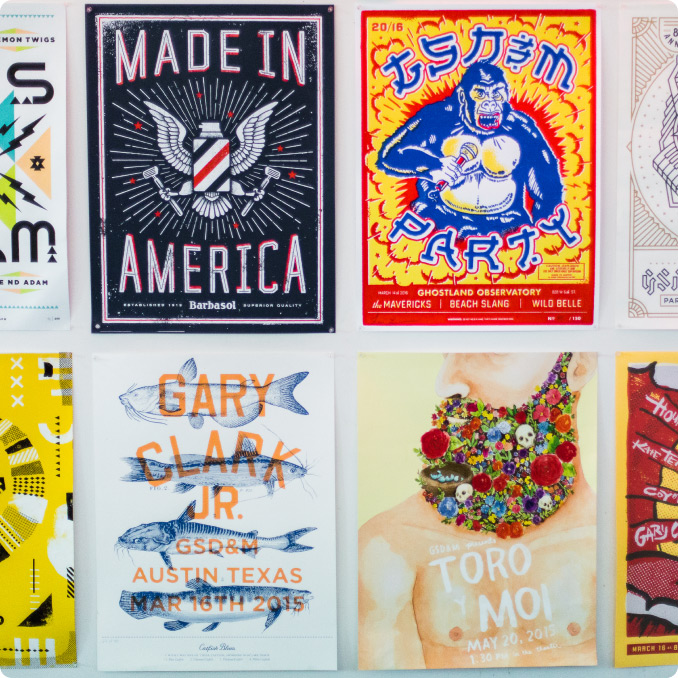
Regular Vision
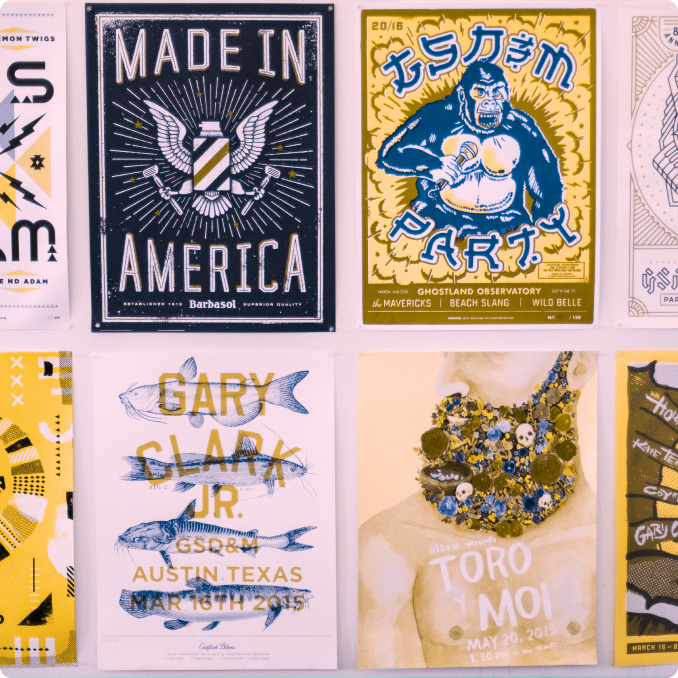
Deuteranopia: cannot distinguish red from green
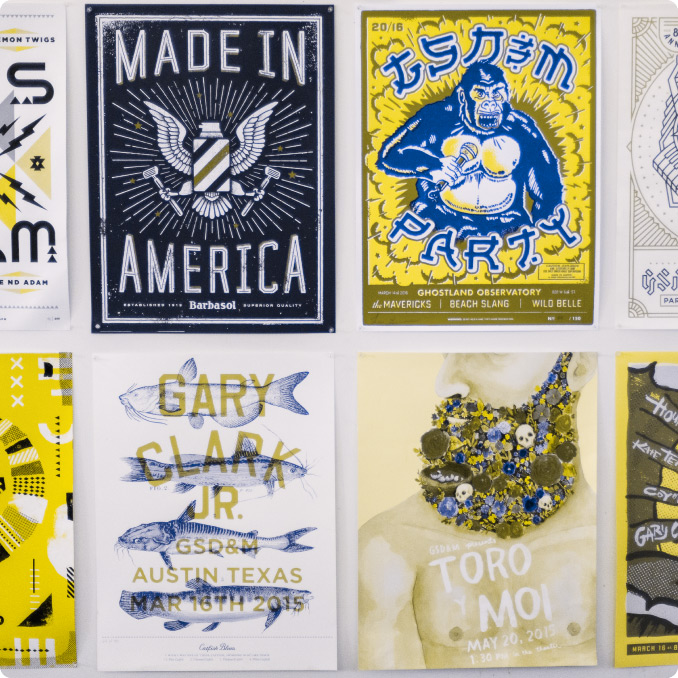
Protanopia: cannot perceive red and green
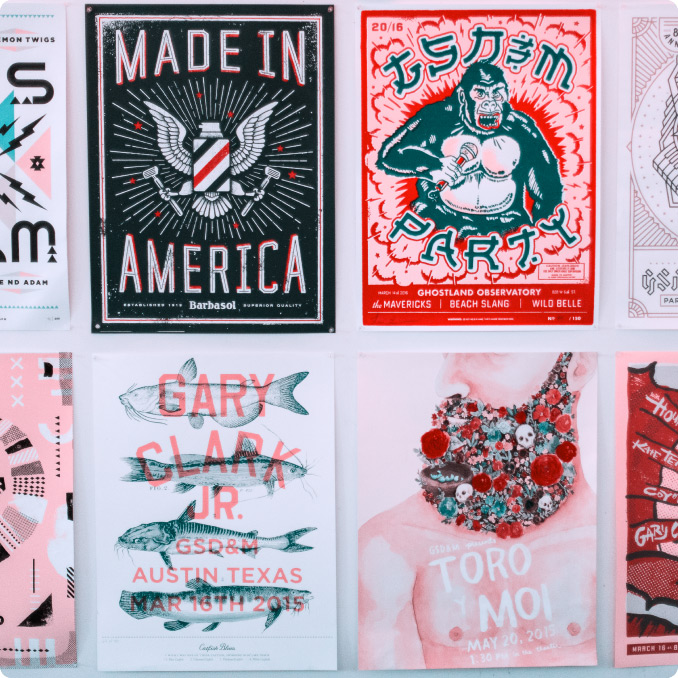
Tritanopia: cannot perceive blue
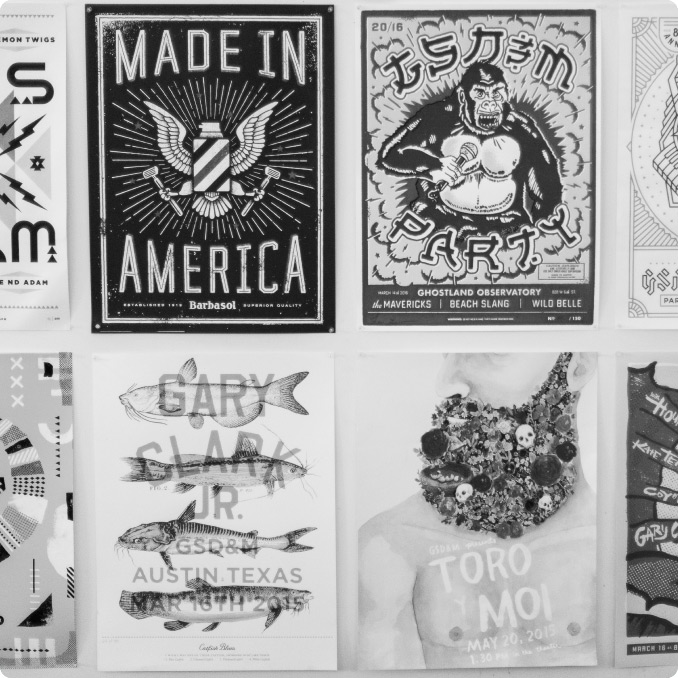
Monochromacy: cannot perceive any color
Consider a colorblind-friendly color palette
You can easily find one online. And if you have to use a color combination that isn’t color blind-friendly (let’s say, green/red), consider using a light version of one color and a dark version of the other.
Learn to love contrast
Contrast is a measure of the difference in perceived “luminance” or brightness between two colors. Make sure the foreground color and the background color differ enough for legibility/accessibility.
What about gradients? When using gradients, consider both the lightest and darkest part of the background in respect to the foreground color.
Contrast Ratio Tool
Check the contrast ratio—A score of AA or better will ensure that people with deuteranopia can distinguish the colors.
Be careful when you put text on an image
If you place text over a background image, make sure it’s readable by providing adequate contrast around each point of the text. And avoid placing texst over busy images. Check your work with an online tool.
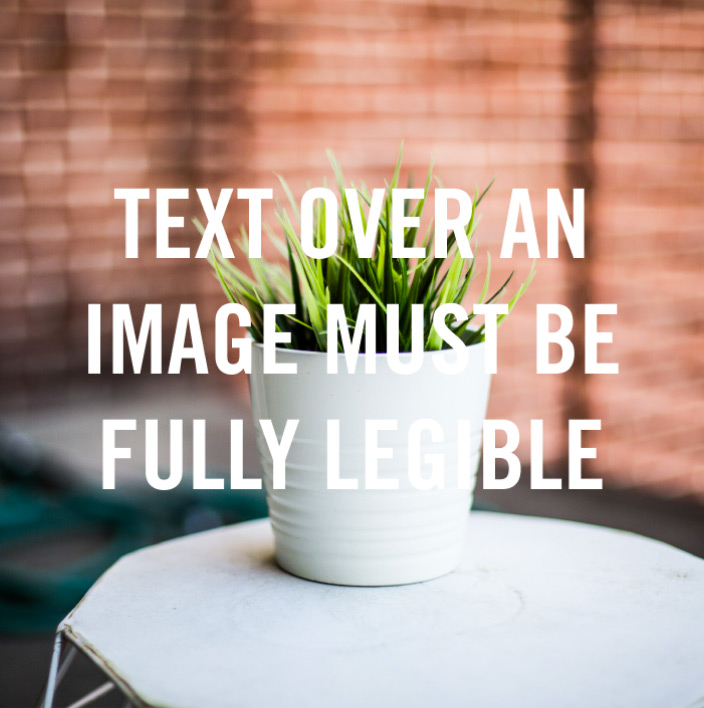
Fail
Even if some of the text passes on contrast ratio, it still fails if not ALL of the text is readable over the color that is directly underneath it.
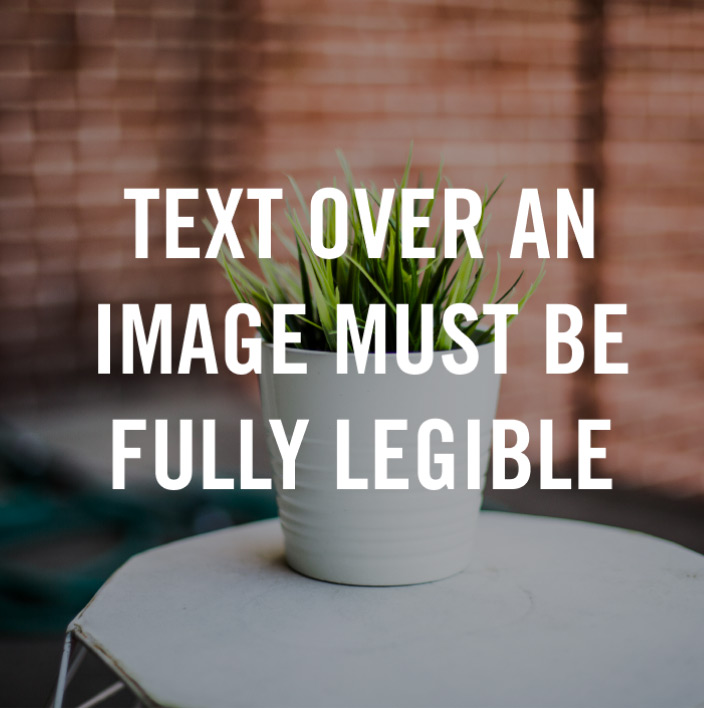
Pass
Darkening an image or shading behind the text can help increase the contrast ratio so the text is easy to read.
SCREEN READERS
Think about screen readers
Write useful alternative text for images
Describe non-text content on websites and social posts so people using screen readers can hear your images. (Be sure to write alt text into your web copy document so your developer has it handy.)
Capitalize Hashtags
#UseInitialCapitalization so people using screen readers will hear the words individually.
Simple steps like these can help your message get to everyone you’re trying to reach—not just some of them.
AUDIO & VIDEO
Use both and make it accessible
-
Use both audio and video
That way people who are blind can listen and those who are deaf can read.
-
Audio descriptions of visual information
Provide audio descriptions of things like charts, graphs and text such as speaker names, titles, and email addresses so that people who cannot see the video adequately can still understand the content.
-
Captions
Captions provide content, including description of sounds, to people who are deaf or hearing-impaired.
-
Transcripts
This provides a text version of audio information needed to understand the content.
-
Sign languages
These use hand and arm movements, facial expressions, and body positions to convey meaning.
Previous
Cultural Appropriation
Next
Media Buy Considerations